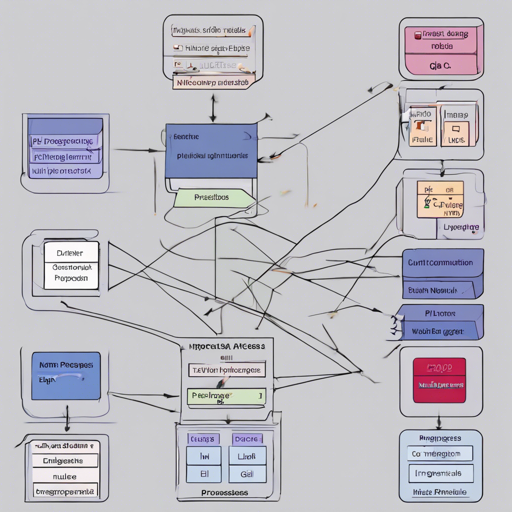If you’re looking to dive into advanced image processing techniques, you might have come across MAXIM, which stands for Multi-Axis MLP (Multi-Layer Perceptron). This innovative model was nominated for a best paper at CVPR 2022 and boasts impressive capability in enhancing images through various tasks like deblurring, denoising, and more. In this article, we’ll walk you through how to set up and use MAXIM, along with troubleshooting common issues.
Table of Contents
Installation
To get started with MAXIM, the first step is to set it up in your development environment. Follow these simple steps:
- Clone the repository: MAXIM GitHub Repository
- Install dependencies by running the command:
pip install -r requirements.txtpip install .Quick Demos
Once you’ve set up the installation, you can explore the capabilities of MAXIM through demos for various image processing tasks.
- Replicate Demo for Image Denoising, Deblurring, Deraining, Dehazing, and Enhancement.
- Use the Google Colab Demo to run the model interactively.
Running MAXIM
The beauty of MAXIM lies in its ability to tackle multiple image enhancement challenges. Here’s a brief analogy to help you understand how it operates:
Imagine you are a talented chef, and MAXIM is your trusty multi-purpose kitchen tool. Just as this tool can help you chop, blend, or whisk ingredients seamlessly, MAXIM can efficiently handle various image processing tasks by employing different ‘settings’ or configurations. Each task—be it deblurring or denoising—is like a different cooking mode that brings out the best in your ingredients (or images, in this case). When you run MAXIM, you instruct it to utilize the optimal ‘setting’ for the task at hand, ensuring that your end results are as exquisite as the dishes from a top-notch restaurant.
Here’s a basic command structure to run MAXIM for different tasks:
python3 maxim/run_eval.py --task --ckpt_path --input_dir --output_dir --has_target=False Replace
Troubleshooting
If you encounter issues while setting up or using MAXIM, here are some common troubleshooting tips:
- Dependency Issues: Ensure that all dependencies are correctly installed as per requirements.txt. If any packages fail to install, try updating them individually.
- Model Checkpoint Errors: Make sure the paths to your model checkpoints are correctly specified in your command.
- Input Image Format: Check if the images you are using are in a supported format. Use standard formats like .jpg or .png.
- Performance Issues: If processing is slow, consider reducing image sizes or running on a machine with better specifications.
For more insights, updates, or to collaborate on AI development projects, stay connected with fxis.ai.
At fxis.ai, we believe that such advancements are crucial for the future of AI, as they enable more comprehensive and effective solutions. Our team is continually exploring new methodologies to push the envelope in artificial intelligence, ensuring that our clients benefit from the latest technological innovations.

